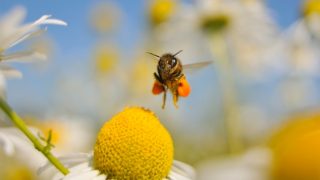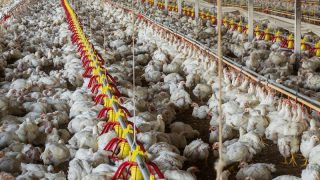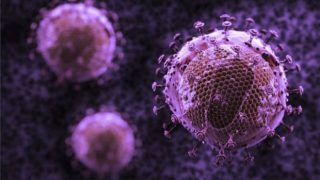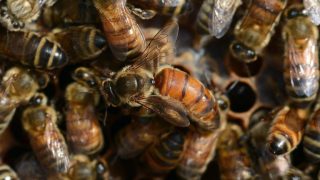
MI weekly selection #257
Malaria-causing parasites drive mosquitoes to bite humans Mosquitoes infected with parasites that induce malaria tend to seek out humans more when the parasite is in the infectious stage, suggesting the parasite is controlling mosquitoes’ behavior. Researchers say that when Plasmodium falciparum is in the transmissible stage, it will drive mosquitoes to feed on human blood […]








